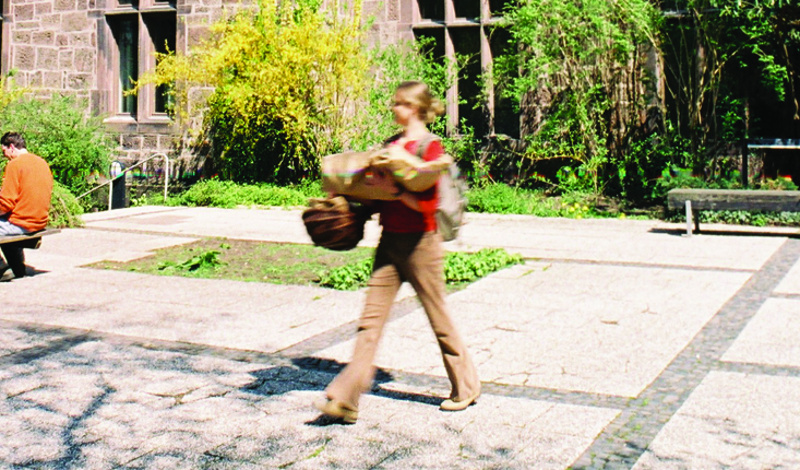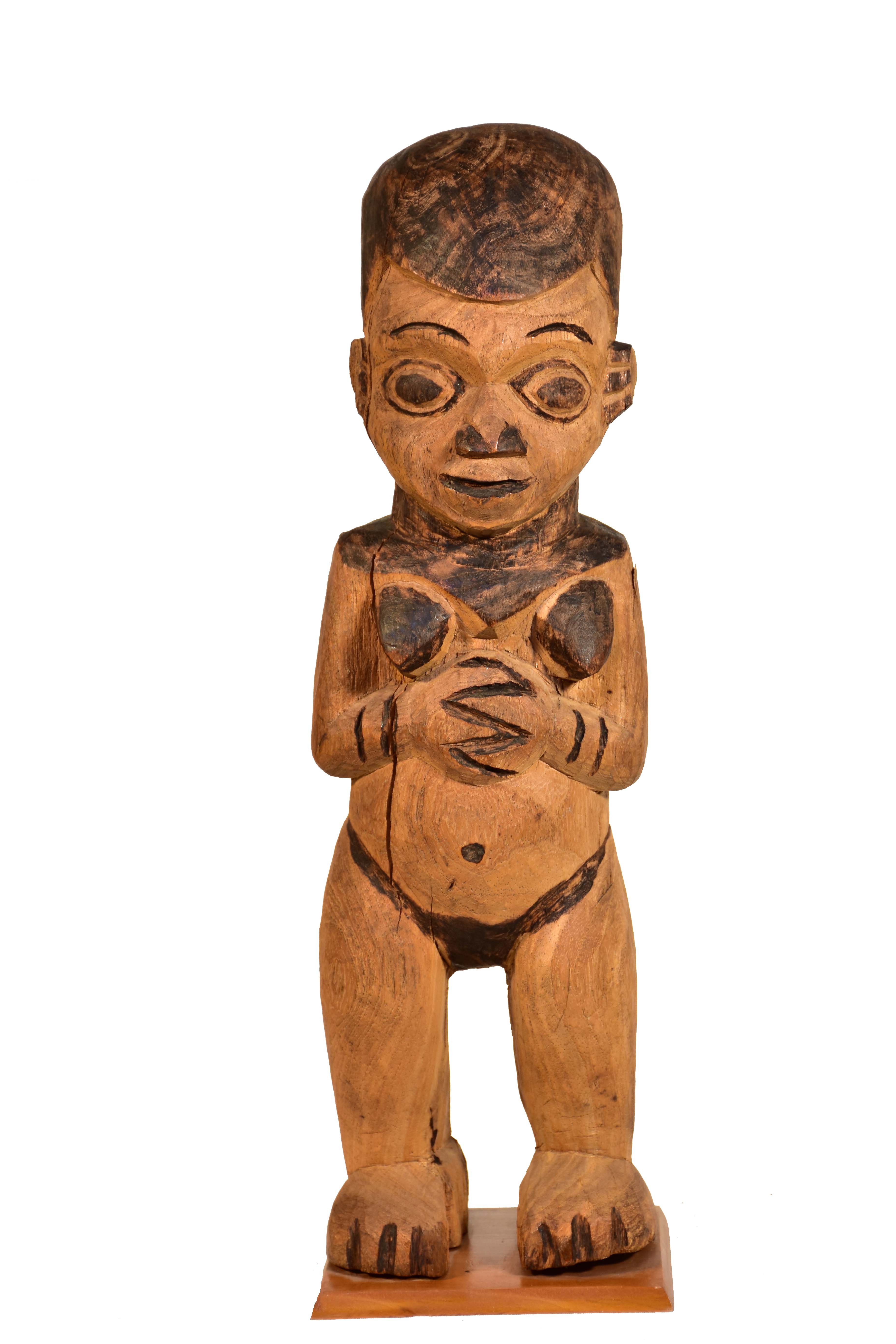Kultur & Kunst
Der Campus Steinstraße wurde früher als Wilhelmshof bezeichnet.
Die ältesten Gebäudeteile der Gesamtanlage datieren bis 1275 zurück
und wurden als Kloster der Zisterzienserinnen erbaut.
Im Lauf der Geschichte hat die Immobilie unterschiedliche Nutzungen
erfahren und wurde laufend umgebaut und erweitert.
1275 - 1291 Kloster der Zisterzienserinnen
1291 - 1530 Kloster der Wilhemiten
1530 - 1533 Landgräflich Hessische Domäne
1533 - 1738 Privatbesitz von Bodenhausen / Kulenkamp
1738 - 1866 Landgräflich Hessische Domäne
1866 - 1898 Preussische Domäne
1898 - 1945 Deutsche Kolonialschule
Zwischenzeitlich: Militär-Lazarett (1914-1918 und 1942-1945)
Nach dem zweiten Weltkrieg fanden Parallelnutzungen statt.
1945 - 1952 Kreis- und Stadtkrankenhaus Witzenhausen
1945 - 1966 Höhere Landbauschule / Max Eyth Schule
1946 - 1962 DEULA Deutsche Lehranstalt für Landtechnik
1957 - 1966 Lehranstalt für tropische und subtropische Landwirtschaft
1963 - 1971 Beraterseminar für ländliche Entwicklungshilfe / Deutsche
Ingenieurschule für ausländische Landwirtschaft
seit 1956 Deutsches Institut für tropische und subtropische
Landwirtschaft DITSL (Eigentümer)
seit 1971 Gesamthochschule Kassel - seit 1993 Universität Kassel
Heute wird der Campus Steinstraße hauptsächlich durch DITSL, die
Universität Kassel, die Gesellschaft für Nachhaltige Entwicklung GNE
und weitere Vereine, Verbände, Gesellschaften und Unternehmen im
universitären Umfeld sowie im Themenfeld der ökologischen
Landwirtschaft und der nachhaltigen internationalen Entwicklung genutzt
3D Komplett



